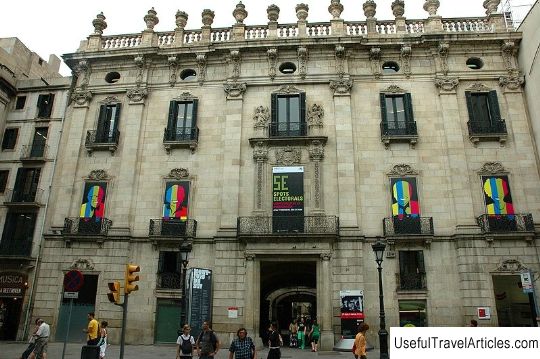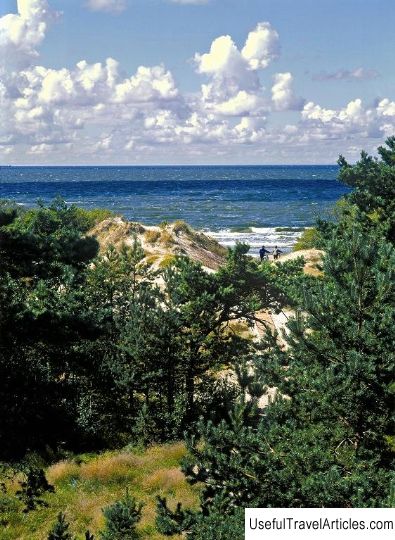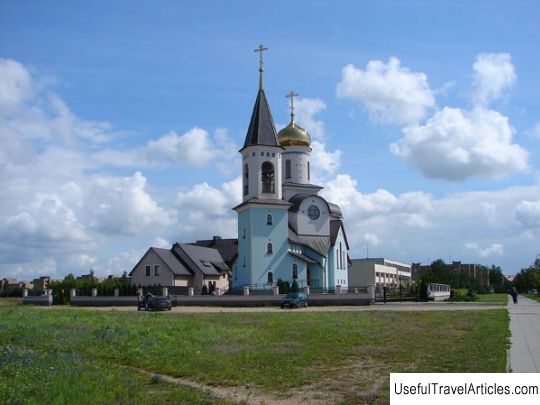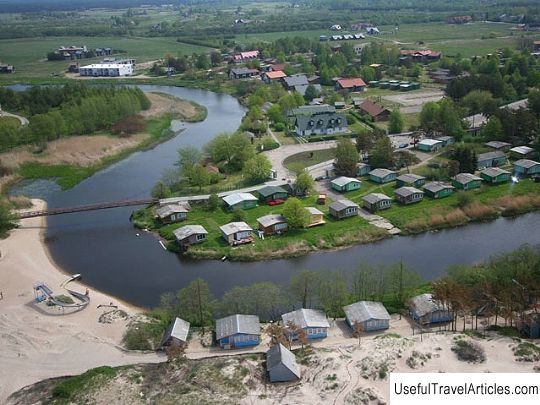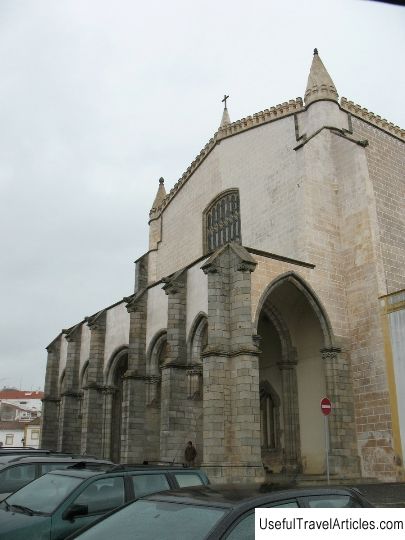Botanical Garden (Palangos botanikos parkas) description and photos - Lithuania: Palanga
Rating: 8,1/10 (865 votes) 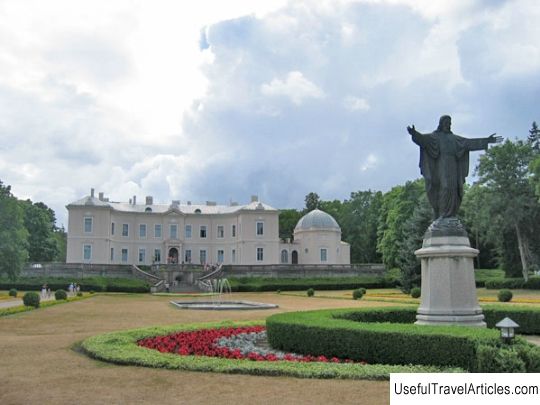
Botanical Garden (Palangos botanikos parkas) description and photos - Lithuania: Palanga. Detailed information about the attraction. Description, photographs and a map showing the nearest significant objects. The name in English is Palangos botanikos parkas. Photo and descriptionIn the resort town of Palanga on the Baltic Sea coast, there is a Lithuanian botanical garden, surrounded by a pine forest. Prior to this, the park had a considerable number of names: Palanga Park, Tyshkevichiaus, Birutes. Now it bears the name of the Palanga Botanical Garden. As for history, we can say that the fishermen's houses on the seashore were located so close to the waters that sand drifts and waves could reach the windowsills of houses. It is believed that the word "palanga" comes from a root that means lowland or wetland. It is assumed that such a wetland with fishing houses buried in the thick of sand was acquired in 1824 by army colonel Mykolas Tyszkiewicz. The Tyszkiewicz clan turned this village into a seaside resort town by the end of the 19th century. In 1891, Felix Tyszkiewicz inherited an estate in Palanga. By 1897, the construction of the palace was completed. Soon a landscape park was founded around it, filled with elements of the classical style. The popular French architect and botanist Francois Andre was invited to implement the idea for the park. As you know, the parks of this master decorate many French, Italian and Dutch cities. Andre spent three summers with his son Rene Eduard Andre at the Palanga estate. Buissen de Coulon, a gardener from Belgium, was also invited to create the park. The most epicenter of the park is the Tyszkiewicz Palace, designed by the German architect Franco Schweiten. Now there is the Amber Museum, which opened in 1963. Around the palace a natural landscape flaunts, the contrast between which is clearly visible against the background of the park's layout. The park in Palanga is an excellent example of the successful use of the natural landscape. The wetlands have been transformed into picturesque islet ponds. The coastal bends are made in such a way that it seems that the water surface has an incredible length. Black alder flaunts behind the spireas along the coastal edge, which creates the illusion of water movement. The natural reliefs of the area - dunes - perfectly fit into the composition of the park. The first dune has a height of 17 meters and is located on the northeastern side of the park and sets the direction of movement, which is accentuated at the fork, with a sculpture on it called “Egle the Queen of Snakes”. The main structure of the park is a pine forest, which is the unifying link of the entire space. Pine trunks bent into bizarre shapes create a strong impression, and their openwork crown, letting in the sun's rays, creates an interesting atmosphere in the park. The park perfectly combines the interweaving of open and closed parts of the spaces, the alternation of which provides guests of the botanical garden an unrivaled change of experience. The park route, which is well thought out, connects all the compositional parts of the park. Special landings from the winds reliably protect the glades, and after all, winds on the Baltic coast are not uncommon. It is the glades that create the general impression of landscape paintings and create an excellent overview of the entire palace, shrubs, trees and a pond. The park has numerous entrances, so you can easily enter it from any side. But, despite this, it merges with an imperceptible line with the natural pine forest, which surrounds the park on three sides; only on the northern side, it has a fence from the wilderness of the resort town in the form of a transparent fence with a considerable number of passages. Seedlings for the foundation of the park were brought to Palanga from Keningsberg, Paris, Berlin and many other European botanical gardens. In addition, exotic plants were introduced, represented by various deciduous species. The park also has decorative forms of black pine, paper birch, hornbeam, gray walnut and Siebold. It was the introduction of exotic specimens into the arrangement of the park that made it possible to expand the species composition of the plants presented in the park - for this reason, the park was renamed the Botanical Garden. According to 1992 data, the park's collection included 370 species of herbaceous plants and more than 250 species of woody and shrubby vegetation.     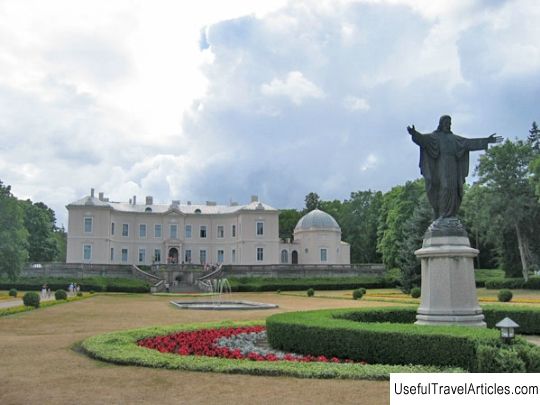        We also recommend reading Siriraj Medical Museum description and photos - Thailand: Bangkok Topic: Botanical Garden (Palangos botanikos parkas) description and photos - Lithuania: Palanga. |
